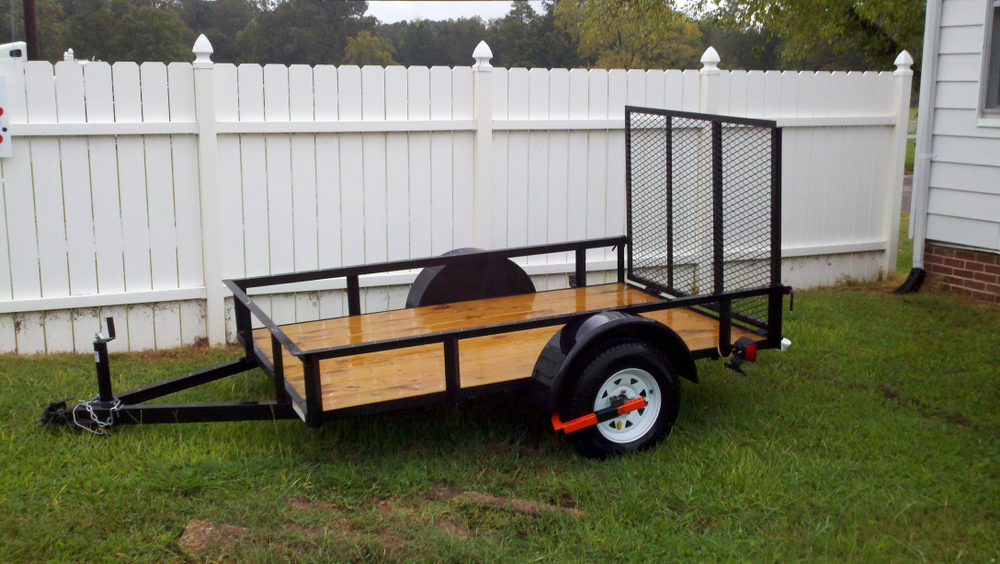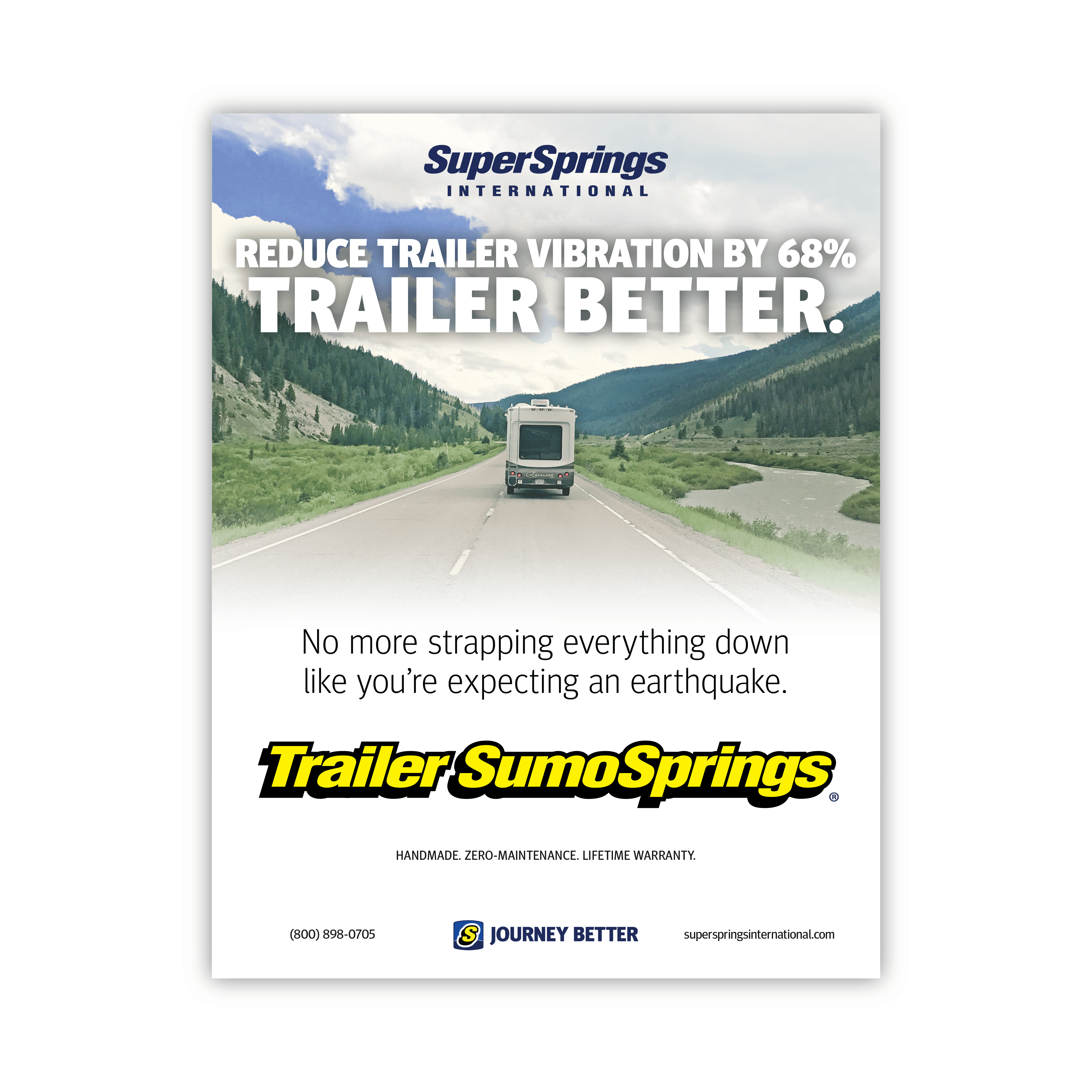If you’re a DIY enthusiast or an avid adventurer, building your utility trailer can be a rewarding project. In this guide, we’ll take you through the step-by-step process of constructing a utility trailer, ensuring it meets your specific needs. From design considerations to the final touches, let’s dive into the exciting world of trailer construction.
Designing Your Utility Trailer
1. Purpose and Intended Use
- Define the trailer’s primary function: whether it’s for hauling equipment, camping adventures, or a versatile design for multiple uses.
- Determine the load capacity based on the specific items you plan to transport regularly.
2. Trailer Type and Size
- Choose between an enclosed or open utility trailer, considering the protection required for transported items.
- Determine the size based on the dimensions of the items and the overall capacity you anticipate needing.
3. Materials and Tools
- Selecting the right materials is crucial. Options like steel or aluminum can offer durability while keeping weight considerations in mind.
- Gather essential tools such as a welder, circular saw, drill, and other equipment necessary for the build.
Construction Steps
1. Frame Assembly
- Cut and weld the frame components according to the design specifications, ensuring proper measurements and alignment.
- Consider a reinforced frame for heavy loads, ensuring structural integrity.
2. Axle and Suspension System
- Install a suitable axle based on the anticipated load capacity of the trailer.
- Opt for a reliable suspension system. SumoSprings are an excellent choice, providing enhanced suspension characteristics that reduce vibration and improve ride quality. Learn more about Trailer SumoSprings.
3. Flooring and Sides
- Choose a durable flooring material, such as pressure-treated plywood or metal, based on your load requirements.
- Incorporate sides to contain and secure the load effectively, enhancing safety during transportation.
4. Wiring and Lights
- Ensure the installation of proper lighting, including brake lights and turn signals, for compliance with road safety standards.
- Rigorous testing of the electrical system is essential to guarantee its functionality.
5. Coupler and Hitch
- Attach a robust coupler for connecting the trailer to the towing vehicle securely.
- Ensure the hitch is compatible and correctly mounted for safe and reliable towing.
6. Finishing Touches
- Apply a protective coat of paint to the trailer to guard against corrosion and extend its lifespan.
- Enhance visibility and safety by adding reflective tape to strategic areas, especially if you plan on towing at night.
Can I Use SumoSprings on My Utility Trailer?
Certainly! Trailer SumoSprings are a valuable addition to your utility trailer project. These cost-effective and maintenance-free suspension enhancers provide a significant boost in ride quality. By effectively reducing vibration, body roll, and sway, SumoSprings contribute to a smoother and more enjoyable towing experience.
Sign Up for a Better Journey
Looking to improve the performance of your trailer? Sign up for our newsletter to receive professional tips, product updates, and exclusive offers from SuperSprings International. Stay informed with SuperSprings International.
Ready to Get Building?
Building a utility trailer is a multifaceted process that demands careful planning, attention to detail, and the right choice of materials. This comprehensive guide aims to empower you with the knowledge needed to create a customized trailer tailored to your unique requirements. Always check and adhere to local regulations and safety standards to ensure your trailer is road-ready and reliable for your upcoming adventures. Happy building!



























